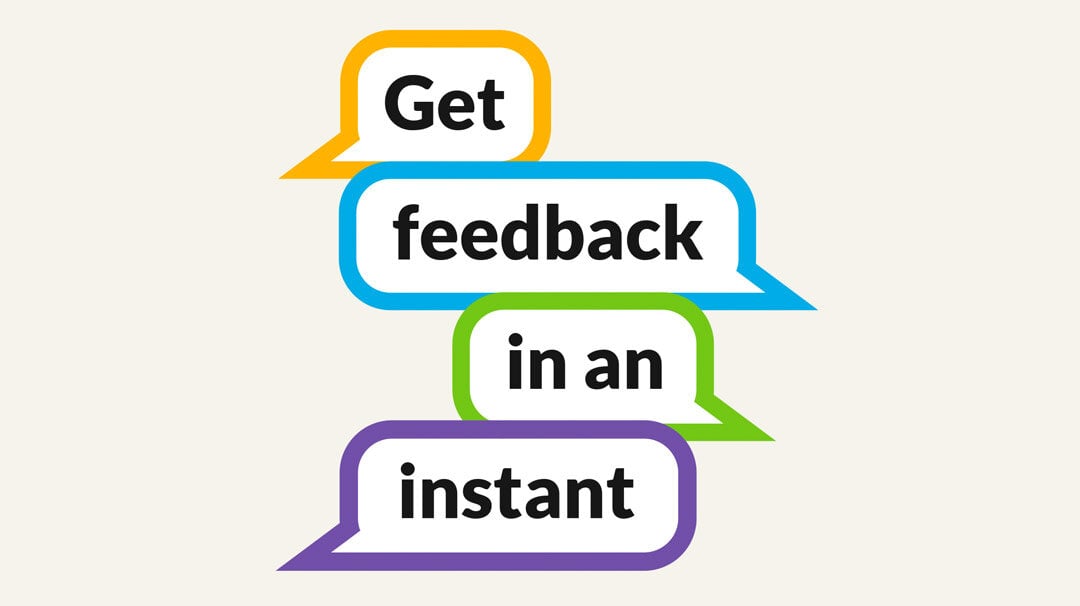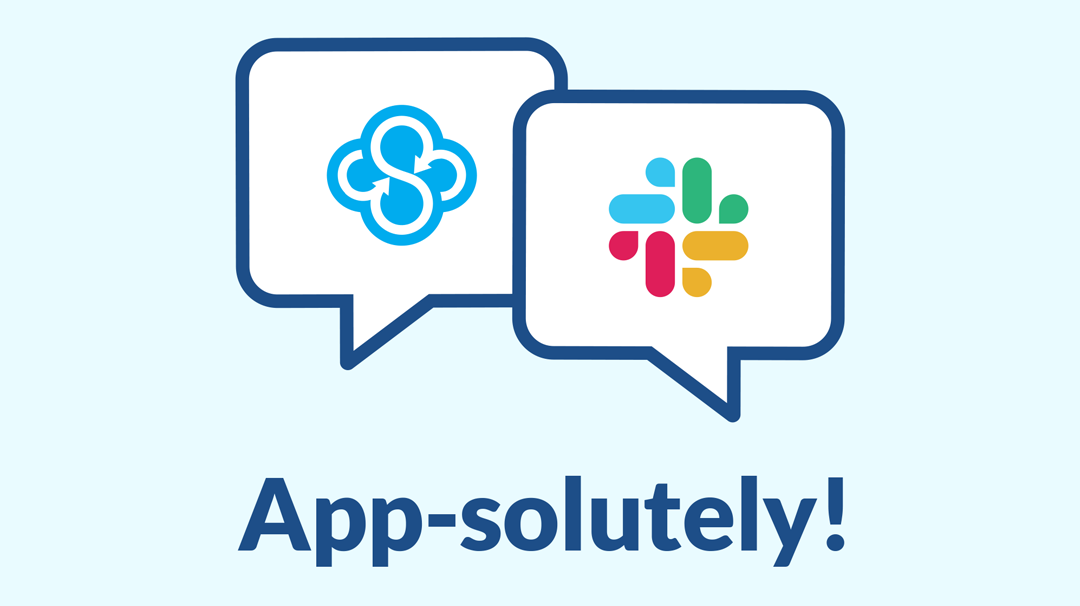How to Communicate Effectively with Your Team
by Samantha on Mar 29, 2021 5:19:49 AM

Attention leaders:
Effective communication can have a significant impact on the well-being and success of your team, and by extension, your entire organization. But with two-thirds of managers reporting that they feel uncomfortable communicating with their employees, it’s clear that creating an environment where everyone feels heard, respected, and appreciated is easier said than done. So how can you foster positive communication that motivates, builds connections, and brings out the best in your team?
1. Be an active listener
Communication is a two-way street. It’s not just how you say it, it’s how you hear it that matters the most. Lack of confidence and feelings of resentment on a team are symptoms of people not being heard, and this is where being a good listener can make or break the conversation. Active listening within the workplace is a method in which you gain an understanding of the needs, wants, and sentiments of your team through direct interaction. In other words, listening to more than words.
So, what can you do to ensure your employees don’t feel like background noise? Expert Alison Doyle suggests the following:
- Give the person your undivided attention with undistracted eye contact.
- Use small encouragements. This could include nonverbal cues like nodding or smiling or verbal cues like “go on,” “right,” “and then?” This gives the employee encouragement to continue speaking.
- Don’t interrupt the speaker. Let them finish their entire thought before taking your turn.
- Empathize with the speaker using reflective statements like “that must be frustrating,” and “that exciting news, you must be happy.”
- Repeat back to the speaker what they’ve been saying to ensure you understand their point.
We’ve all had to learn how to speak and to write but few have actually been taught how to listen. Active listening is an effective communication strategy that can help you instill confidence by ensuring that you’re hearing everything your team has to say.
2. Give constructive feedback
Bill Gates famously said that “we all need people who will give us feedback. That’s how we improve.” So how do you provide feedback that helps your team improve, without hurting their feelings in the process? Constructive feedback differs from direct feedback in that you honestly and objectively present a person’s strengths and weaknesses as their coach (not their critic). Through positive advice and guidance, you can make work a rewarding experience for everyone.
Although every interaction is different, Dale Carnegie suggests focusing on these four main ingredients:
- Give praise in public and save feedback for private. This gives the employee a chance to save face in front of their peers.
- Be quick about your feedback and be exact about what change you want to see.
- Focus on behaviour. Avoid statements regarding the person’s character, work ethic, or intelligence.
- Reassure the person of their value in the organization. It’s easy to lose confidence in the security of your position after tough feedback and you may doubt your ability to contribute to the team.
Feedback, both good and bad, is critical for success because everyone wants to improve. And by being honest and objective, you’ll create a positive feedback loop that amplifies constructive communication, setting your team up for success.
3. Pay attention to paralanguage
Is your team misreading your messaging to the point that it feels like you’re not even speaking the same language? It turns out that effective communication is not only about what you say, but how you say it. Paralanguage encompasses all of the non-verbal things you say, including tone, pitch, hesitation, and body language. And these elements combined can have a greater impact on your message than what you’re actually saying.
Expert Patti Wood suggests that connecting with people non-verbally helps get everyone on the same page with a good first impression. Here’s how:
- Keep your facial expressions clear and easily readable. Talking to a person with a blank stare can be unnerving.
- Keep eye contact and make sure your body posture is engaged.
- Remove any distractions.
- Watch your tone and make sure it matches the message you wish to send.
- Turn your body towards the listener and keep your arms at your side. Folding your arms makes you seem protective and closed off.
Paying attention to the little things gets your paralanguage and normal language in sync, which means people will finally get what you’re trying to say.
4. Use love languages
Sometimes actions speak louder than words, especially when it comes to communicating your emotions. So how do you build a positive, caring work environment that shows your employees that they’re genuinely appreciated? You can build this type of positivity into your office culture by finding your team’s unique love language. Love languages are how people express and receive appreciation.
Expert Dr. Gary Chapman outlines the 5 different types of love languages and how you can apply them to your office setting:
- Compliment with Words of Affirmation to correspond to an employee’s hard work.
- Spend some Quality Time with your team members in a setting not revolving around work.
- Do something nice for your coworkers with Acts of Services, like offering to make a coffee run when you are going out or taking a few things off the plate of an overwhelmed team member.
- Receiving Gifts is always nice, so give small tokens of your appreciation like birthday cupcakes or thank you cards.
- Physical Touch can be adjusted to suit the workforce by demonstrating empathy at work. Recognize that people exist outside of their working hours. If an issue arises in one of your teammate’s personal life, try to provide them with a workplace environment that will support them through this difficult time.
Encouraging positivity through acts of kindness and appreciation can go a long way towards building happy, healthy productive teams. Take action now and show your team some love!
To communicate effectively you’ll need to reach beyond the words. From body language to paralanguage to love language, creating a workplace environment where everyone feels heard, respected, and appreciated brings out the best in everyone. As Dr. Gary Chapman says, “Each of us wants to know that what we are doing matters.” Reach out to your team and get your conversations in sync today.
- June 2025 (1)
- May 2025 (1)
- April 2025 (1)
- February 2025 (2)
- January 2025 (1)
- December 2024 (1)
- November 2024 (2)
- October 2024 (5)
- September 2024 (6)
- August 2024 (3)
- July 2024 (6)
- June 2024 (4)
- May 2024 (4)
- April 2024 (7)
- March 2024 (4)
- February 2024 (5)
- January 2024 (5)
- December 2023 (1)
- November 2023 (3)
- October 2023 (3)
- September 2023 (2)
- August 2023 (5)
- July 2023 (2)
- June 2023 (4)
- May 2023 (2)
- March 2023 (2)
- February 2023 (1)
- January 2023 (3)
- December 2022 (1)
- November 2022 (3)
- October 2022 (2)
- August 2022 (3)
- July 2022 (1)
- June 2022 (1)
- May 2022 (2)
- April 2022 (1)
- March 2022 (2)
- January 2022 (4)
- December 2021 (2)
- October 2021 (3)
- September 2021 (3)
- August 2021 (1)
- July 2021 (5)
- June 2021 (4)
- May 2021 (3)
- April 2021 (4)
- March 2021 (5)
- February 2021 (2)
- January 2021 (5)
- December 2020 (1)
- November 2020 (2)
- September 2020 (1)
- August 2020 (1)
- July 2020 (1)
- May 2020 (1)
- April 2020 (1)
- March 2020 (3)
- February 2020 (1)
- November 2019 (1)
- October 2019 (1)
- August 2019 (1)
- May 2019 (1)
- April 2019 (1)
- February 2019 (1)
- January 2019 (2)
- December 2018 (1)
- October 2018 (2)
- September 2018 (4)
- June 2018 (1)
- May 2018 (1)
- March 2018 (1)
- January 2018 (2)
- December 2017 (2)
- November 2017 (2)
- September 2017 (1)
- August 2017 (2)
- May 2017 (2)
- April 2017 (1)
- January 2017 (2)
- July 2016 (3)
- June 2016 (3)
- February 2016 (1)
- November 2015 (1)
- September 2015 (1)
- August 2015 (4)
- May 2015 (4)
- January 2015 (2)
- October 2014 (1)
- September 2014 (1)
- August 2014 (2)
- July 2014 (5)
- June 2014 (2)
- March 2014 (1)
- December 2013 (1)
- October 2013 (1)
- September 2013 (1)
- July 2013 (4)
- June 2013 (2)
- April 2013 (1)
- February 2013 (1)
- January 2013 (1)
Subscribe by email
You May Also Like
These Related Articles

Get Faster Feedback and Accelerated Approvals with File Comments

Slack is Now In Sync
